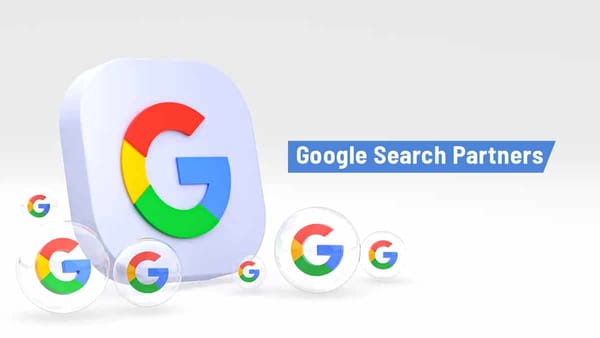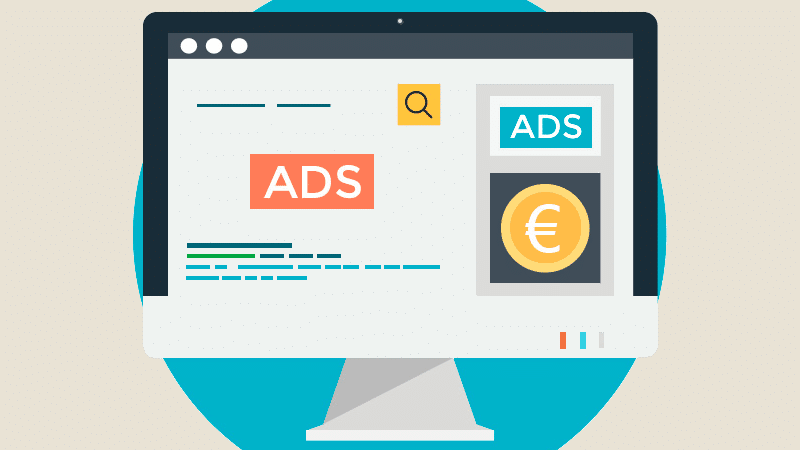Why Your Google Ads Might Not Be Working and How to Fix Them

Introduction
Google Ads is a powerful tool for businesses aiming to increase their visibility, drive traffic, and generate sales. However, sometimes even after putting in a lot of effort and resources, campaigns don’t seem to yield the expected results. If your Google Ads aren’t working as they should, it can be frustrating and costly.
The good news is that there are several common reasons why Google Ads might not be working and solutions that can help improve performance. In this article, we will explore why your Google Ads campaigns might be underperforming and provide actionable tips to get them back on track.
1. Poor Keyword Selection
One of the most common reasons why Google Ads campaigns fail to deliver results is poor keyword selection. If your ads aren’t targeting the right keywords, they might not be reaching the right audience. Google Ads operates on a pay-per-click (PPC) model, so it’s crucial that you target keywords that have high search volume and are highly relevant to your business.
How to Fix It:
- Use Google Keyword Planner: This tool helps you discover new keyword ideas and analyze keyword performance.
- Target Long-Tail Keywords: These keywords are more specific and often have less competition, resulting in more qualified leads.
- Match Keywords to Intent: Make sure the keywords reflect the intent of your target audience. Are they looking to buy a product, find a service, or just seeking information?
By refining your keyword targeting, you can significantly improve the performance of your Google Ads campaigns.
2. Low Quality Score
Google assigns a Quality Score to every keyword in your campaigns based on three main factors: expected click-through rate (CTR), ad relevance, and landing page experience. If your Quality Score is low, your ads might not be shown as often or at competitive prices, even if you're bidding high.
How to Fix It:
- Improve Ad Relevance: Make sure your ad copy closely matches the keywords you're targeting. This will increase your ad’s relevance to users and improve your Quality Score.
- Enhance Landing Pages: Ensure your landing page is relevant to your ad, loads quickly, and provides a good user experience. A poor landing page can harm your Quality Score.
- Optimize CTR: Create compelling ad copy that encourages clicks. Focus on value propositions and call-to-actions (CTAs) that appeal to your target audience.
Improving your Quality Score can lower your cost per click (CPC) and improve ad placement, helping your ads perform better.
3. Incorrect Bidding Strategy
If you’re not bidding correctly for your keywords, your Google Ads campaigns may not perform as expected. Choosing the wrong bidding strategy can result in your ads not showing up enough, or even at all, for high-priority keywords.
How to Fix It:
- Choose the Right Bidding Strategy: Google Ads offers several bidding strategies, including Maximize Clicks, Target CPA (Cost Per Acquisition), and Target ROAS (Return on Ad Spend). Make sure you choose the one that aligns with your goals.
- Adjust Bids Based on Performance: Increase bids for high-performing keywords and lower them for underperforming ones. This will help you allocate your budget more effectively.
- Monitor Competitor Bids: If your competitors are bidding higher, you might need to adjust your bids to stay competitive.
Proper bidding strategy adjustments can ensure that your ads are being shown to the right audience at the right time.
4. Ineffective Ad Copy
Even if you’re targeting the right keywords and bidding correctly, poor ad copy can make a huge difference in performance. If your ads aren’t compelling, users might not click on them, regardless of how relevant they are to their search.
How to Fix It:
- Highlight Key Benefits: Focus on the value your product or service provides to the customer. What sets you apart from your competitors? Why should users choose you?
- Use Clear Calls to Action (CTAs): Phrases like “Buy Now,” “Get a Quote,” or “Learn More” encourage users to take the next step.
- A/B Test Your Ads: Continuously test different variations of your ad copy to see which one resonates most with your audience.
Creating more engaging and relevant ad copy can increase your click-through rate (CTR) and improve overall campaign performance.
5. Poor Targeting and Audience Segmentation
Google Ads offers powerful targeting options, including geographic location, device, time of day, demographics, and interests. If your targeting is too broad or poorly set up, your ads may be shown to the wrong people, leading to wasted spend and low conversions.
How to Fix It:
- Refine Audience Targeting: Narrow your targeting to reach the most relevant audience. You can segment by age, gender, location, and more.
- Use Remarketing to Engage Past Visitors: Target users who have interacted with your website before but didn’t convert. Remarketing ads can bring them back and increase conversions.
- Utilize Demographic and Interest Targeting: Customize your audience based on their interests, behaviors, and search patterns.
By fine-tuning your targeting, you can make sure your ads reach the right people at the right time.
6. Budget Constraints
One reason your Google Ads might not be working is that your budget is too small to compete effectively. If your daily budget is set too low, your ads might not be shown frequently, leading to fewer impressions and clicks.
How to Fix It:
- Increase Your Budget: If your ads are performing well, but you’re limited by your budget, consider increasing it to gain more exposure and clicks.
- Monitor Ad Spend: Keep track of your ad spend to ensure you’re not overspending or underfunding your campaigns.
- Allocate Budget Wisely: Allocate your budget to the best-performing keywords and campaigns to maximize your ROI.
Having the right budget for your campaigns ensures that your ads are shown enough to generate the desired results.
7. Not Using Ad Extensions
Ad extensions are additional pieces of information that can make your ads more appealing and informative. If you’re not using ad extensions, your ads might not be as effective as they could be.
How to Fix It:
- Use Sitelink Extensions: These allow you to add extra links to your ads, directing users to specific pages on your website.
- Add Call Extensions: Let users call you directly from your ad, which is especially useful for service-based businesses.
- Utilize Location Extensions: Show your business address and phone number to make it easier for local customers to find you.
By adding ad extensions, you make your ads more informative, which can help increase clicks and improve campaign performance.
Conclusion
Google Ads can be an incredibly effective tool for driving traffic, generating leads, and increasing sales. However, if your campaigns aren’t working as expected, there are several common issues that could be causing underperformance. From poor keyword selection and low Quality Scores to ineffective ad copy and targeting, each element of your Google Ads campaign must be optimized for success.
By following the solutions outlined in this article and continuously monitoring and refining your campaigns, you can get your Google Ads working effectively and achieve the results you desire. With the right strategy and attention to detail, Google Ads can deliver measurable ROI for your business.




